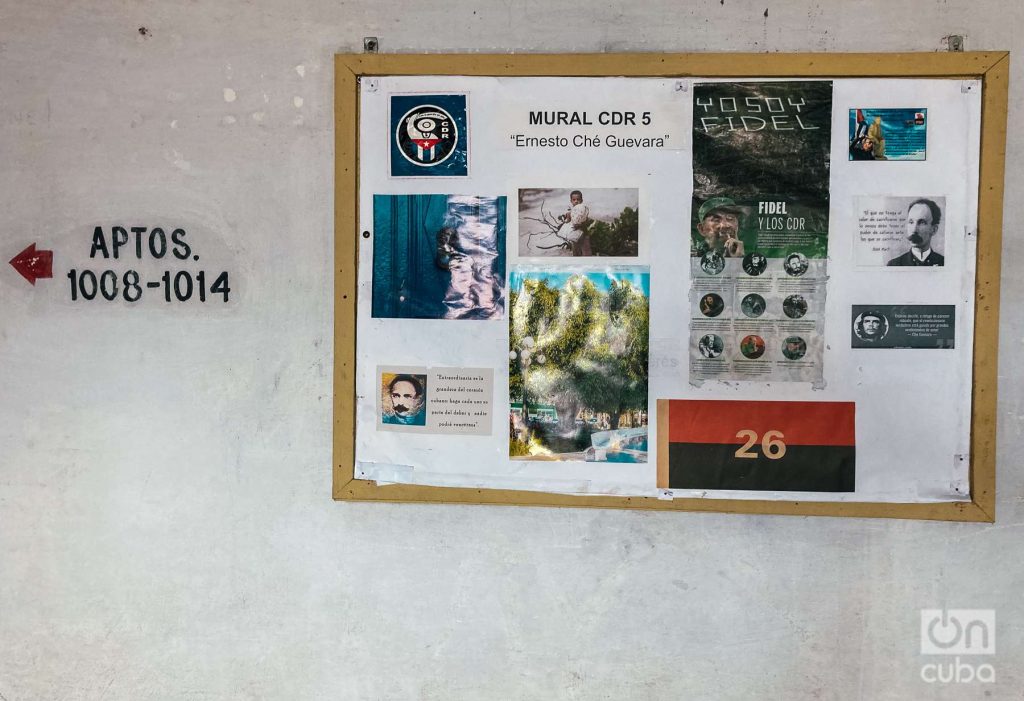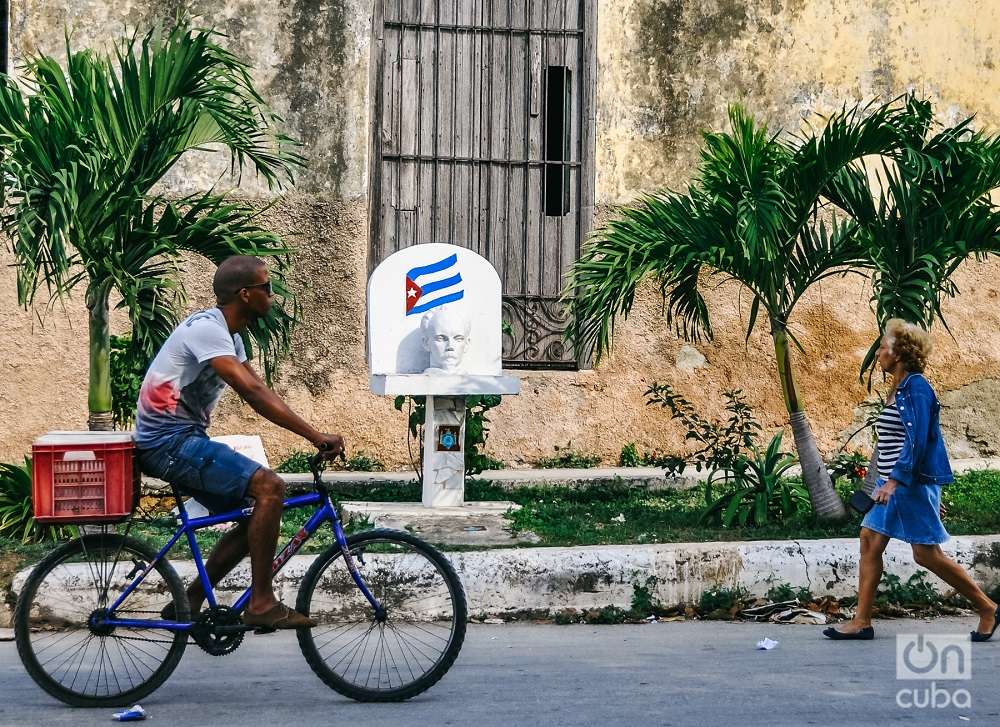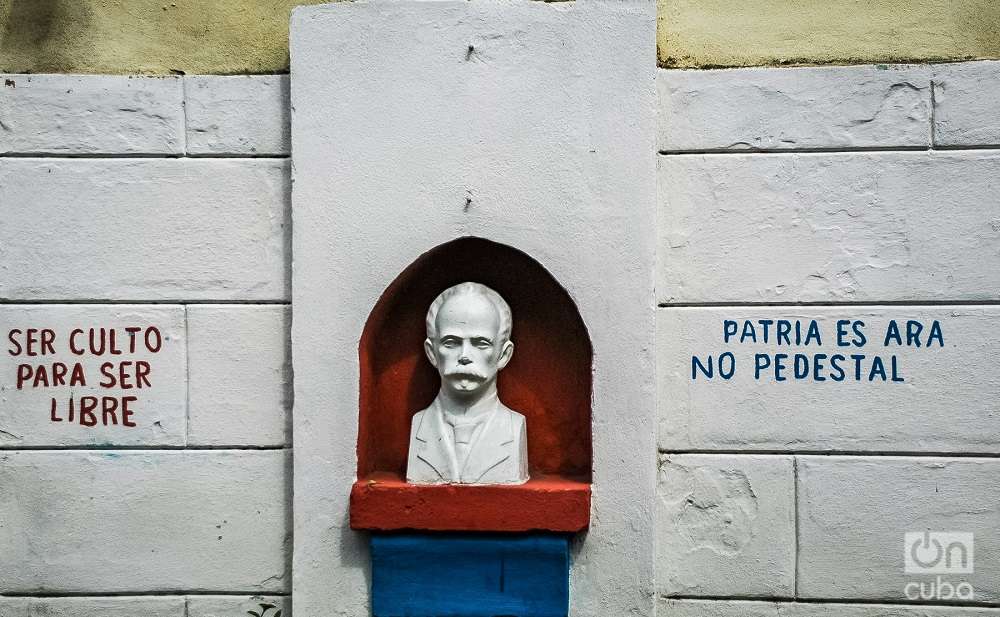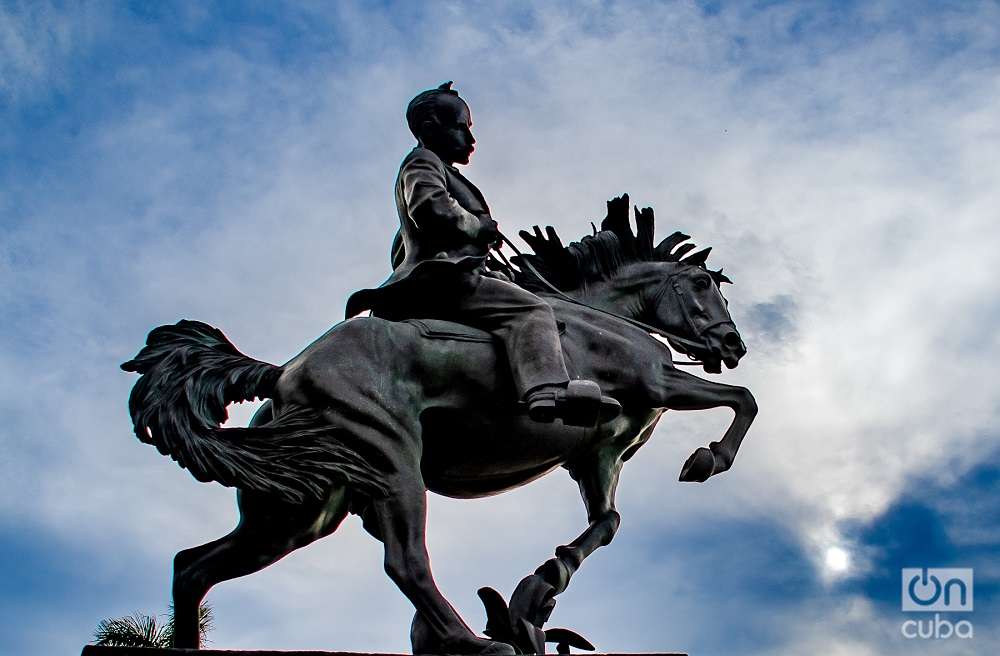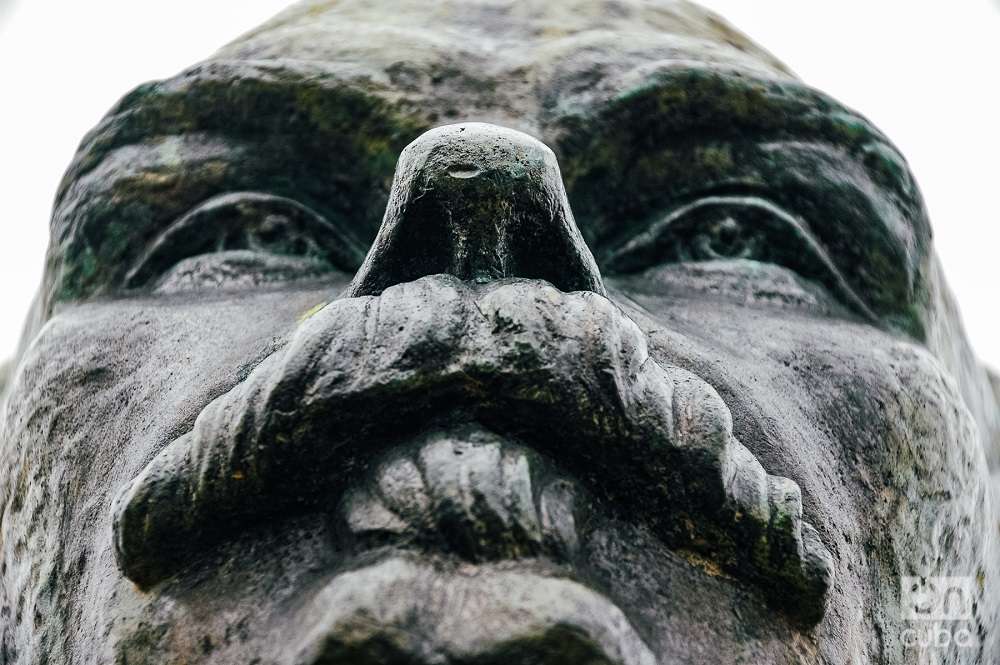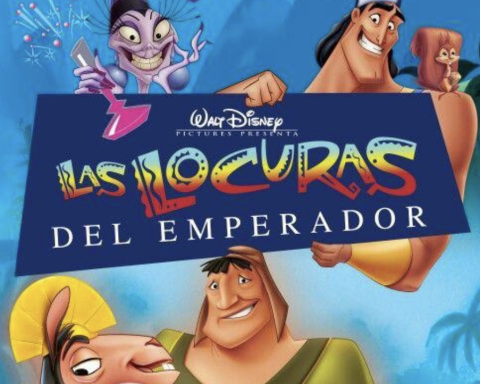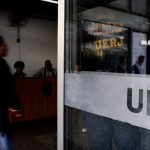A couple of years ago, when my girlfriend introduced me to her family and announced that she was Cuban, her grandmother Elvira declaimed in one breath, loudly and tenderly, before those present:
Cultivate a white rose
in July as in January
For the honest friend
who gives me his free hand.
And for the cruel one who rips me off
the heart with which I live,
thistle or caterpillar crop:
cultivate a white rose.
It didn’t take more to feel welcome.
In those two stanzas of poem XXXIX by Simple verses (New York, 1891), José Martí intertwines friendship and love as a philosophy of existence, even towards “the cruel one” who rips out his heart.
Elvira exercised with love and vocation the teaching profession in primary education for almost half a century. Martí’s work is studied in schools in Argentina as part of the Latin American Literature course. “It is an unforgettable text. It is one of my favorites”, my grandmother confided to me that afternoon.
Perhaps it is one of the best known and most widespread poems of the vast work of the Apostle. I dare to assure that we Cubans could recite it by heart. I see myself in first grade, almost thirty-five years ago, in a morning session in front of the entire school, reciting effusively and with a childish intonation of a political act; the one in which you sing a little and the words are lengthened.
However, I confess that it took me a long time to understand the dimension of those verses. I had never stopped to read them in the set of poems that make up the Simple verses.
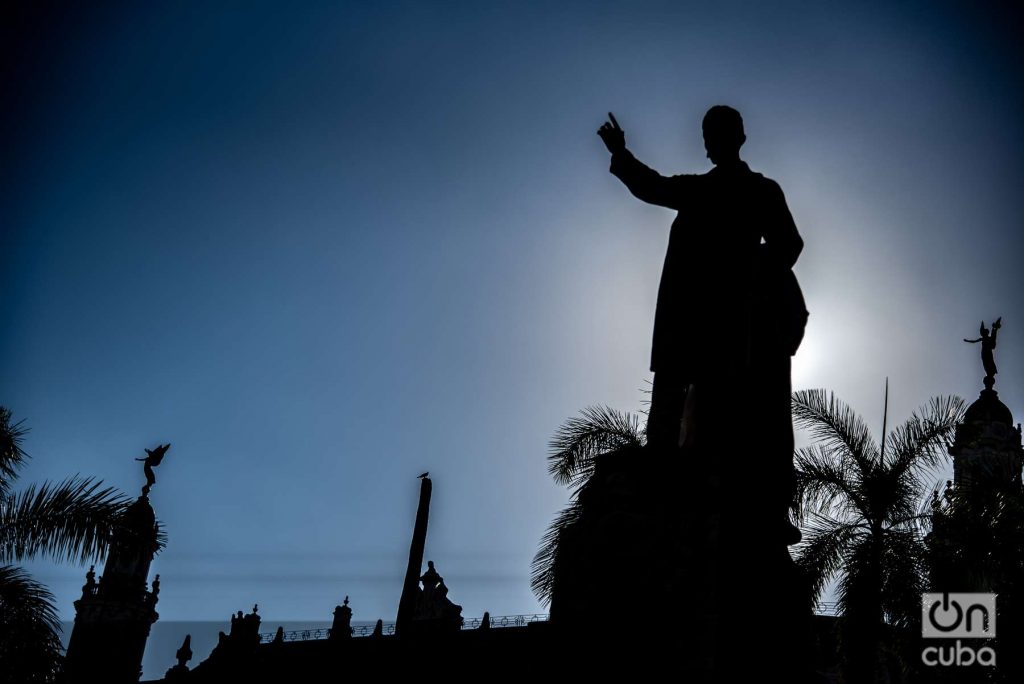
As a child I repeated it by heart, without internalizing it. In this mechanical way it was impossible to apprehend anything; much less feel it. He couldn’t move me.
Many times they crush Martí’s literature instead of instilling it. We grew up saturated with quotes taken out of context and we lived with many others attributed to his ideas that didn’t even come from his pen. Painted on public walls, billboards, school or workplace murals, hospitals and neighborhoods. Even on the background screen of those Panda televisions a phrase from Marti appeared when turning it on.
The pulling of the work and figure of Martí, more than bringing it closer, moved it away. Luckily, in life I have directly or indirectly come across key people who allowed me to get closer to the apostle and “touch” him.
Until very recently he was one of the many who reproduced the famous error that drags the poem. He substituted caterpillar for nettle in the seventh verse: “thistle or nettle cultivation”, I said.
I was unaware that Martí does not use the word caterpillar like a butterfly larva, but like a herbaceous plant. Well yes, there is a weed called eruca or arugula caterpillar, very common in the Iberian Peninsula and other regions of Asia, where they use its leaves as a condiment for having a spicy juice. “I know the strange names / of the herbs and flowers,” he wrote in another part of his book Simple verses.
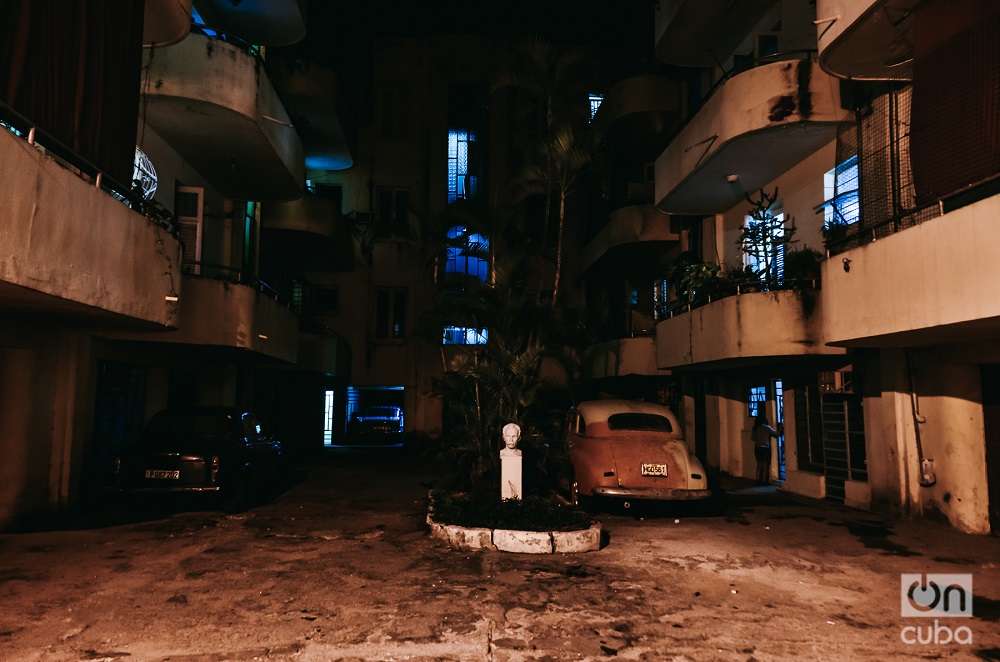
The day my girlfriend’s grandmother, an Argentine and more than 7,000 kilometers from Havana, recited Martí, I felt unparalleled pride in being Cuban. Also, I felt the poet as a friend whose presence was revealed to me even in the distance.
My approach to Martí has made me photograph his representations every time I have come across them; the same in Buenos Aires, Quito, Madrid or Mexico City. But en Cuba, its perennial presence in busts, mausoleums, murals and paintings is special to me; in the diversity of expressions of his memory, some cared for, others dilapidated. They also tell the reality of a country.
Today, on the 170th anniversary of José Julián Martí Pérez, I once again immerse myself in the verses. And I see those verses as the mirror in which I look at the Cuba that I defend. A sacred place, clean of grudges, where we grow a white rose.
